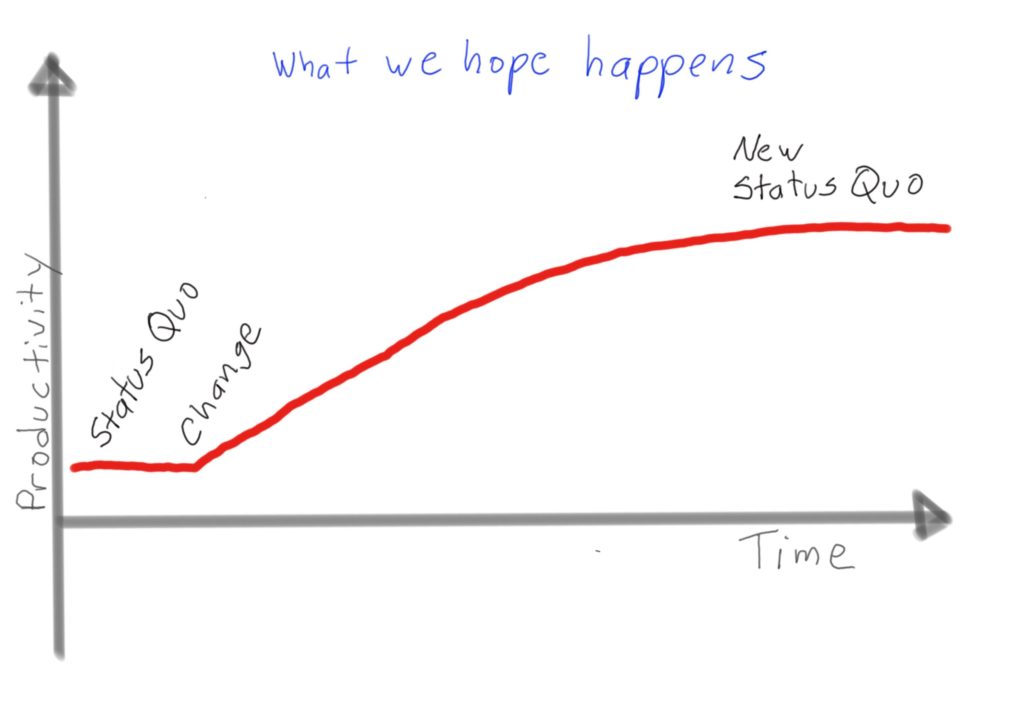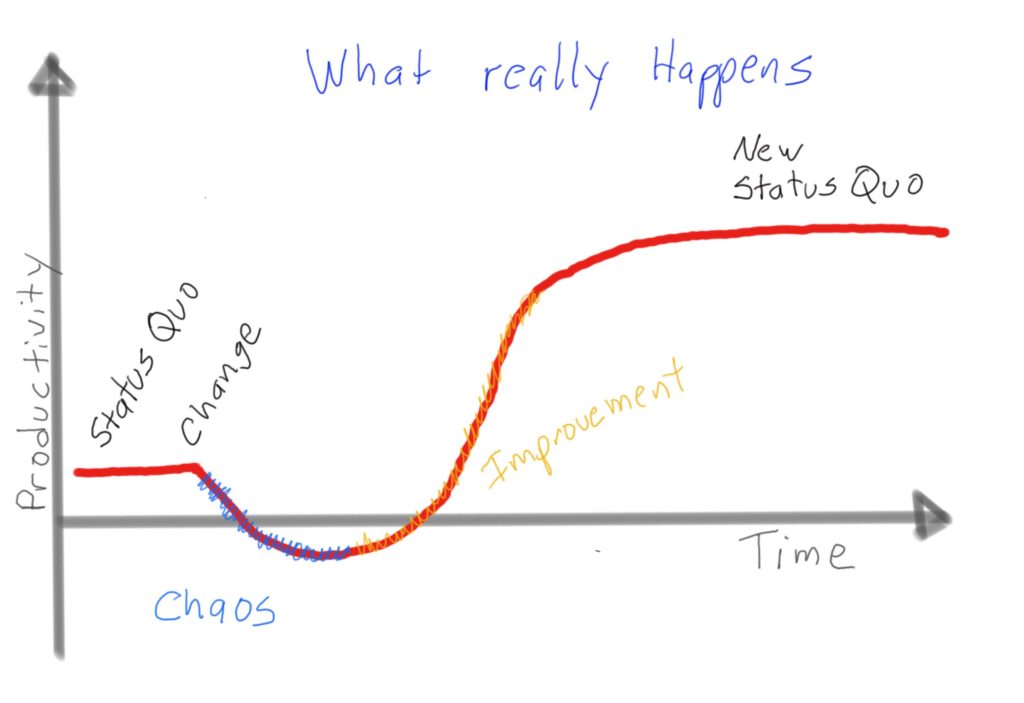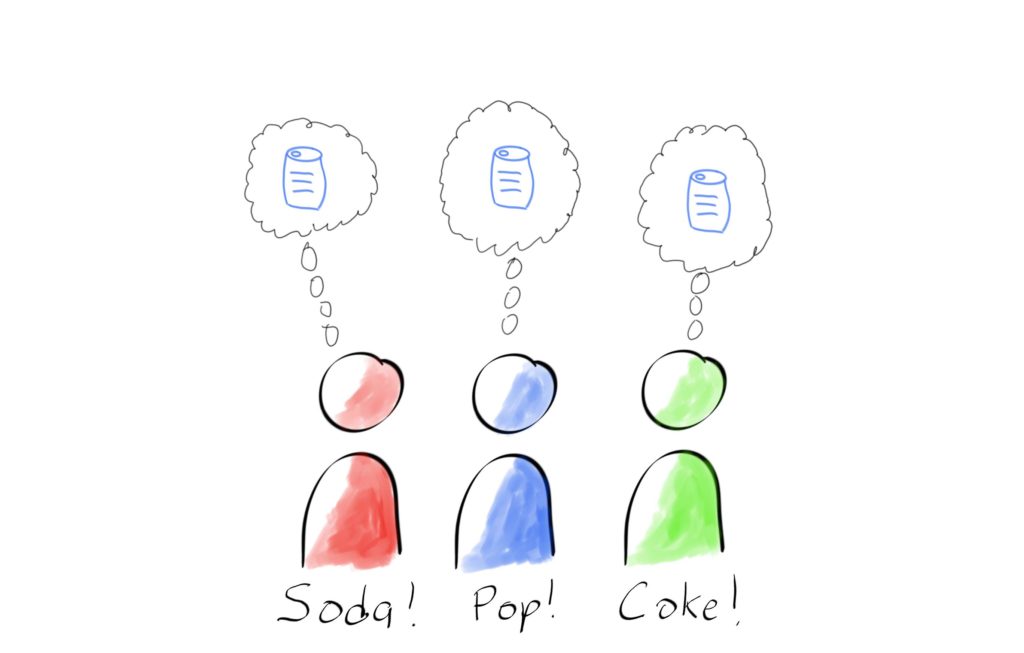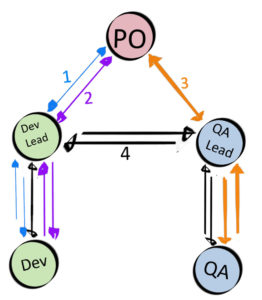“No one cares how much you know until they know how much you care.” – well known quote
Some people are great at building connections with others. They seem to have a persona that permeates the room and attracts others to them.
I am not one of these people. As a closet introvert, building connections with others is something I struggle with. Somedays it comes easy, but other days I wake up and don’t seem to care. (Maybe I shouldn’t be so honest, but I assume you can relate.)
On the days that I don’t seem to have the energy, I take some time to think about one thing… everyone is a human and deserves to be treated well.
My faith teaches that everyone was created for a purpose and has inherent value.
Everyone on this earth is here for a reason, and no one is inherently better than anyone else. We all have value, and we all have worth.
That applies from the CEO down to the janitor cleaning the bathroom or the short order cook making your lunch. Everyone is someone’s reason to get up in the morning.
I try to use this lens whenever I look at people. Do I do it perfectly?? I wish I could say that I do, but I don’t.
Talk to any of the people around me, and I’m sure they can give examples of times when I failed miserably. I have been short with people and forgot they where human. I didn’t see their inherent value but saw them as something that needs to be fixed.
I try to carry my failures lightly. I don’t want to ignore them because they can be useful for me to understand some of my shortfalls, but I also don’t want them to weigh me down so much that I become fatalistic.
By keeping my failures in mind, I am more likely to see the pitfall and landmines in a new situation. Avoiding these landmines makes the relationship safer both others and myself.
When we treat people well, we treat them as a whole human being with inherent value. Then we can understand what they really need, not just what they are saying. When we do this, we are building real connections with others.
What about you? What failures have you experienced building connections with others? What can you take away that can help you in the future?
Photo by Jonathan Harrison on Unsplash














